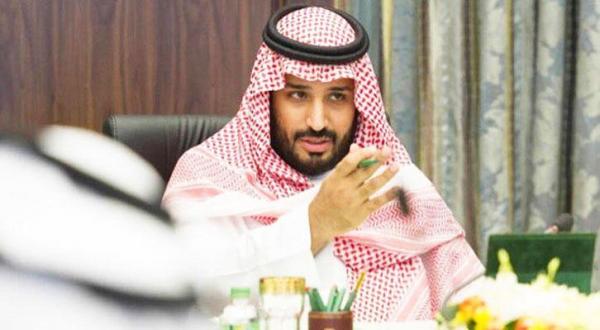Riyadh-In an unprecedented event, Saudis are looking forward with much concern for Monday to come as Saudi Arabia will announce its “2030 Vision”.
Saudi Arabia’s Deputy Crown Prince Mohammed bin Salman, who is also Saudi Arabia’s defense minister and head of the council of Economic and Developmental Affairs, said earlier that on the 25th of April, he will reveal details of the so-called “Saudi Vision 2030”, a plan that, over the next 14 years, would seek to minimize the kingdom’s dependence on oil and diversify the economy.
Saudis are anticipating with hope and optimism for the post-oil era within the new vision that aims at pushing its economy forward and upholding the Kingdom at advanced levels, especially that Saudi Arabia today is one of the most important countries among the group of twenty since it includes global major economies.
In an interview with Bloomberg, Deputy Crown Prince Mohammed bin Salman announced that Saudi Arabia’s future vision will include many developmental, economic and social programs.
He also noted that the Kingdom’s vision and the National Transformation Plan comprise economic details of the vision, a package of state budget reforms, regulatory changes and policy initiatives for the next five years.
They also include transforming Saudi Aramco from an oil company into energy and industrial conglomerate, as well as the future of the Public Investment Fund, which will be transformed into the world’s largest sovereign wealth fund.
Notably, great hopes are put on the Public Investment Fund, which will contribute to limiting the Kingdom’s dependence on oil revenues.
Regarding the main elements of the “2030 vision”, which are expected to be revealed by the Deputy Crown Prince, the Kingdom would sell off around 5 percent of its state oil giant Aramco; therefore, IPOing Aramco within the two coming years and transferring its shares to PIF will technically make investments the source of Saudi government revenue, not oil.
Moreover, the fund plans to increase the proportion of foreign investments to 50 percent of the fund by 2020 from 5 percent now, excluding Aramco.
In July, PIF acquired a 38 percent stake in South Korea’s Posco Engineering & Construction Co. for $1.1 billion and the same month agreed to a $10 billion partnership to invest in Russia with the Russian Direct Investment Fund.
According to some statements made, 50 percent of the fund’s capital will be invested locally whereas the other 50 percent will be invested abroad, resulting in major diversity in investment.
On the other hand, abroad investment will be geographically distributed in different countries of the world, qualitatively according to the sectors and versatile in the currency of investment in order to enhance profitability and reduce risk.
In its 2030 Vision, Saudi Arabia is aiming at achieving ambitious plans by diversifying sources of income, accomplishing development in the human resources, and boosting youth capabilities, localizing jobs and enhancing knowledge in sustainable energy.
The Fund will contribute in depending less on oil revenues, especially after restructuring it and adding some of Aramco’s shares to it; thus, eventually holding more than $2 trillion in assets.
It is also expected to privatize assets amounting to $400 billion in addition to Aramco’s shares, which will have greater values after IPOing it.
Nevertheless, Prince Mohammed had earlier announced that launching the National Transformation Plan will take place in one month to 45 days from Monday. He also said that it will include economic, social and developmental programs that will aid Saudi Arabia in the post-oil era and will have the largest influence on the Kingdom’s future, which will not be dependent on oil.
